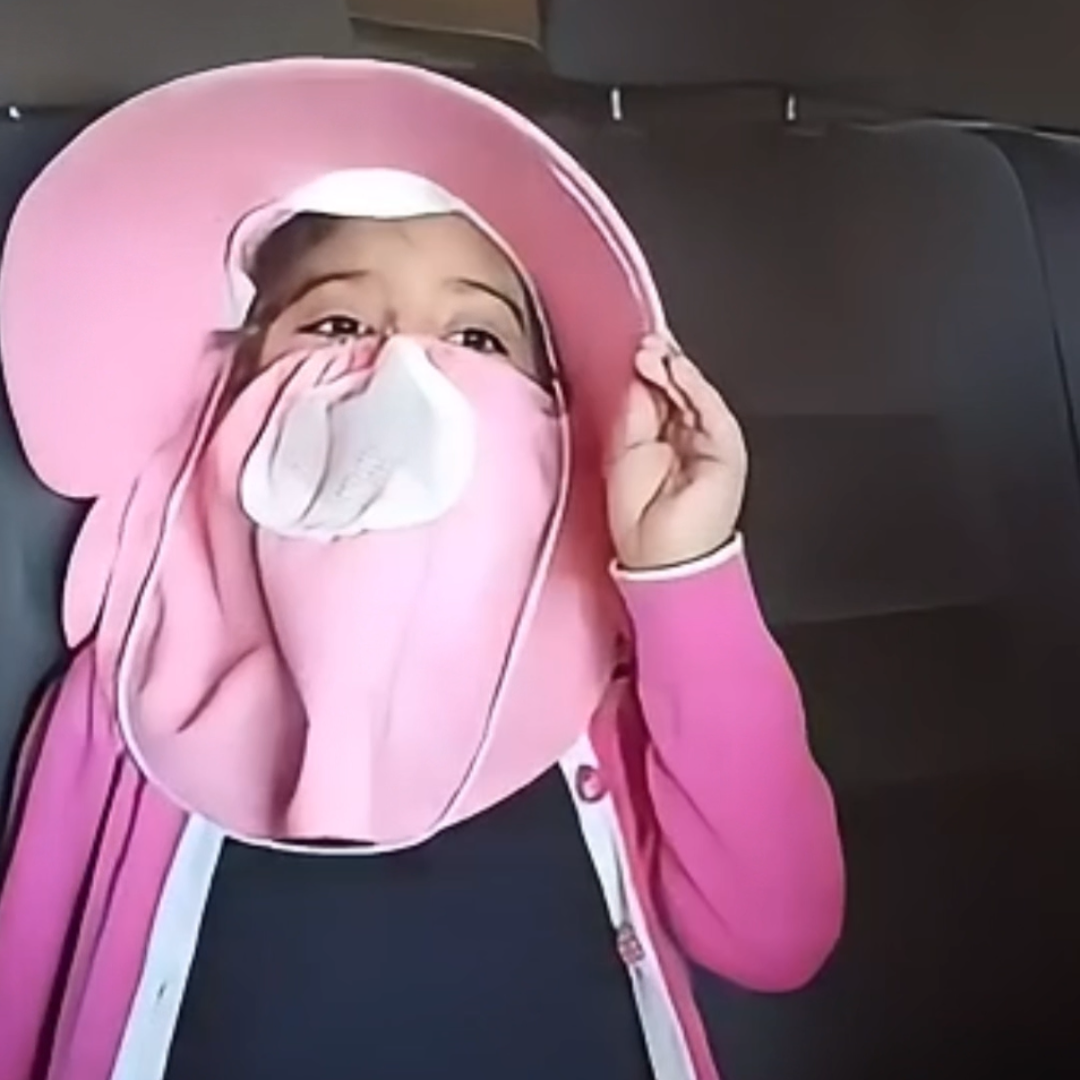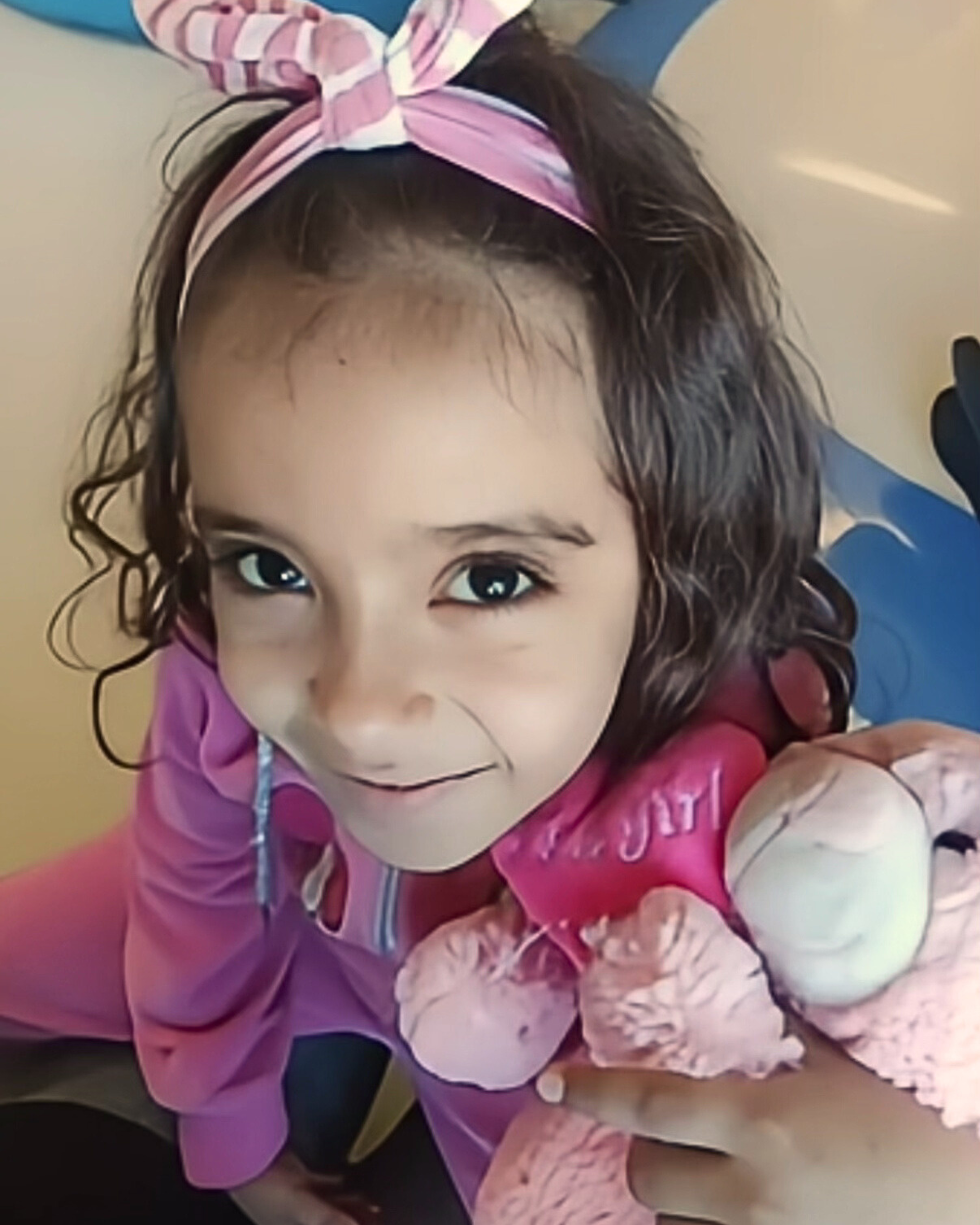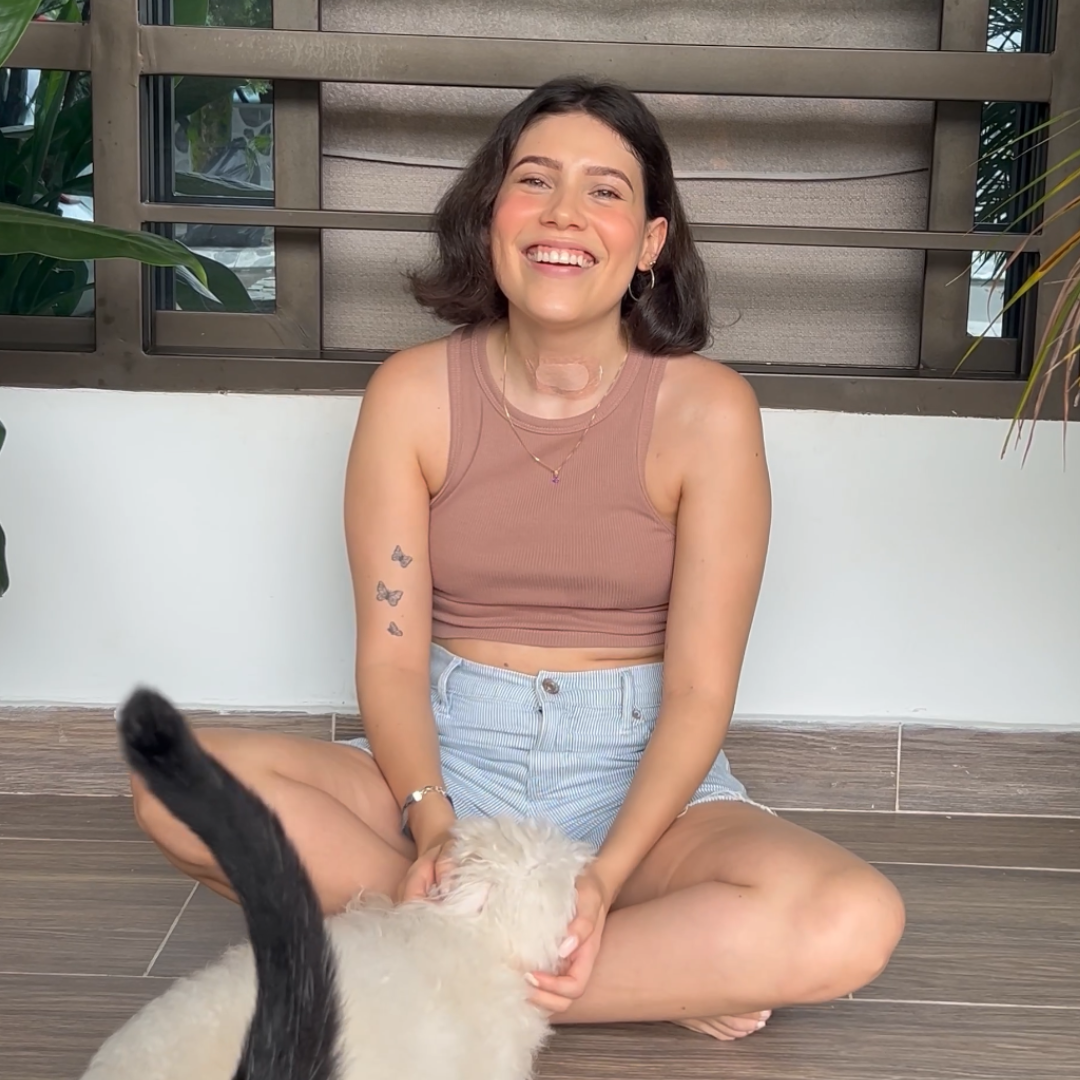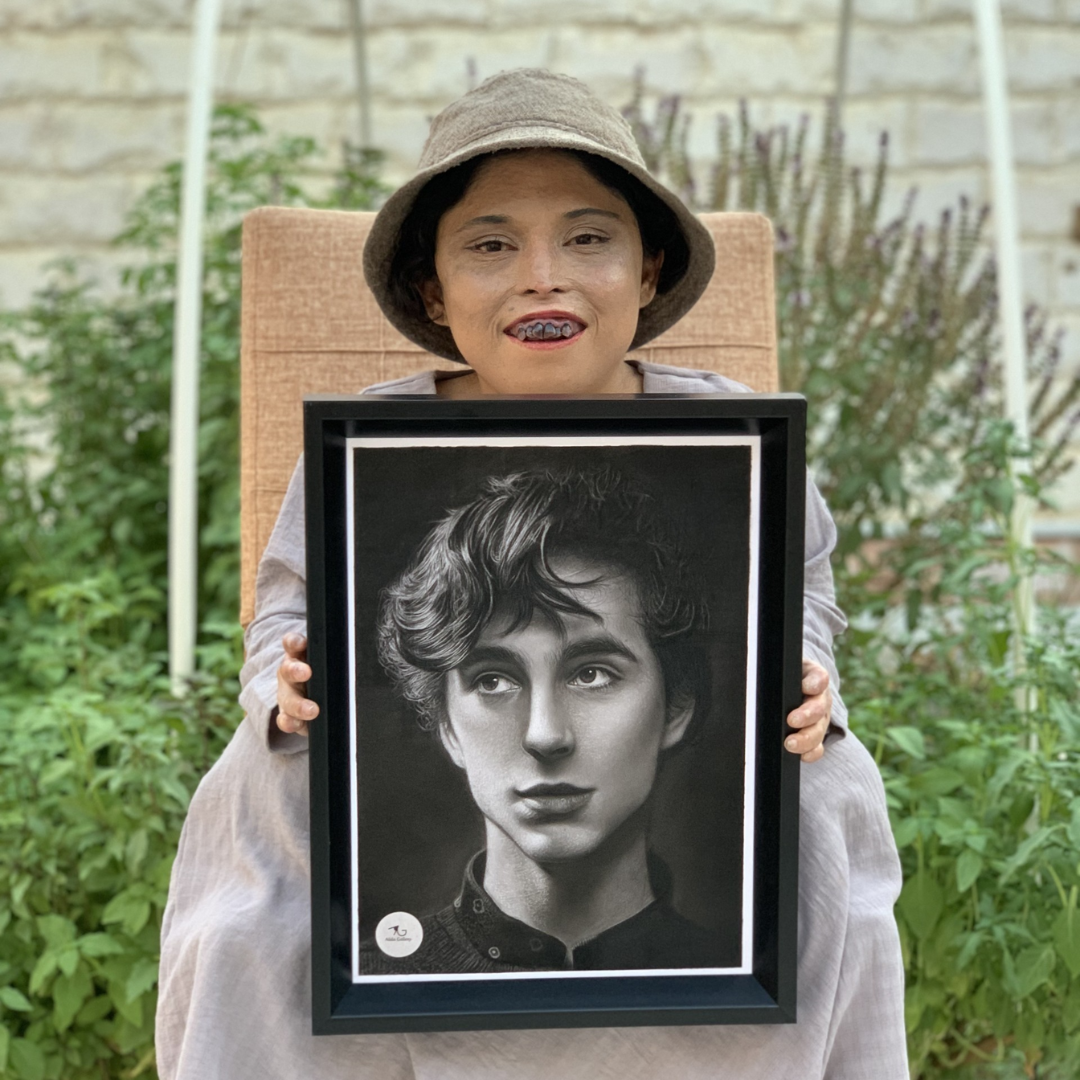Meet Maria, CEP Warrior
The Little Girl Who Cannot Touch the Sun
By Marwa Amin
“Why are they staring at me? Why are they laughing?”
-Maria, CEP patient.
Maria is a six-year-old girl living with her family in Beirut, Lebanon. From the moment she was born, something wasn’t right—her urine was red. Alarmed, her family rushed to the pediatrician, only to be reassured that everything was normal. Tests were done, but the answer was always the same: “There’s nothing to worry about.”
For a few years, Maria lived like any other child—laughing, playing, going out into the sunlight. No one knew that the very sun that warmed her skin was quietly causing damage she could not escape.
But by the time Maria turned four, warning signs could no longer be ignored. Her skin was unusually pale, her urine still red, and her teeth were turning a dark crimson. Her mother felt something deeper was wrong. And so began the long, painful journey of testing—bloodwork, specialist visits, unanswered questions. Doors kept closing. No doctor could explain what was happening to her.
“Her skin was unusually pale, her urine still red, and her teeth were turning a dark crimson.”
-Marwa, mother of Maria.
Then, a small glimmer of hope. A hematologist suggested a rare possibility: Congenital Erythropoietic Porphyria—CEP. Further testing confirmed it in September 2023. And just like that, Maria’s world changed forever.
CEP is an extremely rare genetic blood disorder. And in Lebanon, it was practically unheard of—not just by doctors, but even by the Ministry of Health. There were no specialists. No medical protocols. No support system. The family turned to the American University Hospital in Beirut, only to discover that their doctor, too, had no clear answers. He was learning through Google. The fear this created was overwhelming—what would happen if Maria had a medical emergency? Who would know what to do?
In desperation, the family began doing their own research. They found compassion and guidance from the United Porphyria Association in the United States. Finally, someone understood. Someone could help.
But while medical knowledge slowly grew, emotional challenges only deepened.
Maria.
Maria had to be told that her skin could not handle sunlight—that even a brief exposure could cause irreversible damage. She had to wear full-body protective clothing, including a face shield, just to go outside. But she was still a child. She would look around and whisper: “Why are they staring at me? Why are they laughing?” The shame in her voice broke her mother’s heart.
Her mother did everything to comfort her—showing her videos of other children around the world with the same condition, dressing like her, living like her. Trying to prove to Maria that she was not alone. But how do you explain to a six-year-old that the sun, a source of life for others, is a source of pain for her?
At first, Maria’s condition was stable, with regular checkups and constant vigilance. But at her most recent appointment, new concerns emerged: a slightly enlarged spleen and increased red blood cell breakdown. These are signs that the disease may be progressing—and yet, they remain without a doctor who truly knows how to help.
Today, Maria goes to school, does her best to smile, and tries to live like other children. But the scars on her face—deep, permanent marks from days when no one knew what was happening to her—tell a different story. Unlike other children, even the gentlest touch can wound her skin.
And still, she smiles.
Maria, with her fragile skin and resilient heart, is learning to navigate a world not built for children like her. A world where early diagnosis is a privilege, not a right. A world where rare diseases are often met with silence.
Maria’s journey with CEP.
Her family shares her story not to seek pity, but to call for awareness. To ask, simply, that more eyes open. That more doctors learn. That children like Maria are no longer left to suffer in the shadows.
This is not just a story about a rare disease. It is a story about courage in the face of silence. About a family forced to become doctors, researchers, and advocates all at once. About a little girl who cannot touch the sun—but who still dares to shine.
Want to share your story? Contact us at katri@porphyria.org














